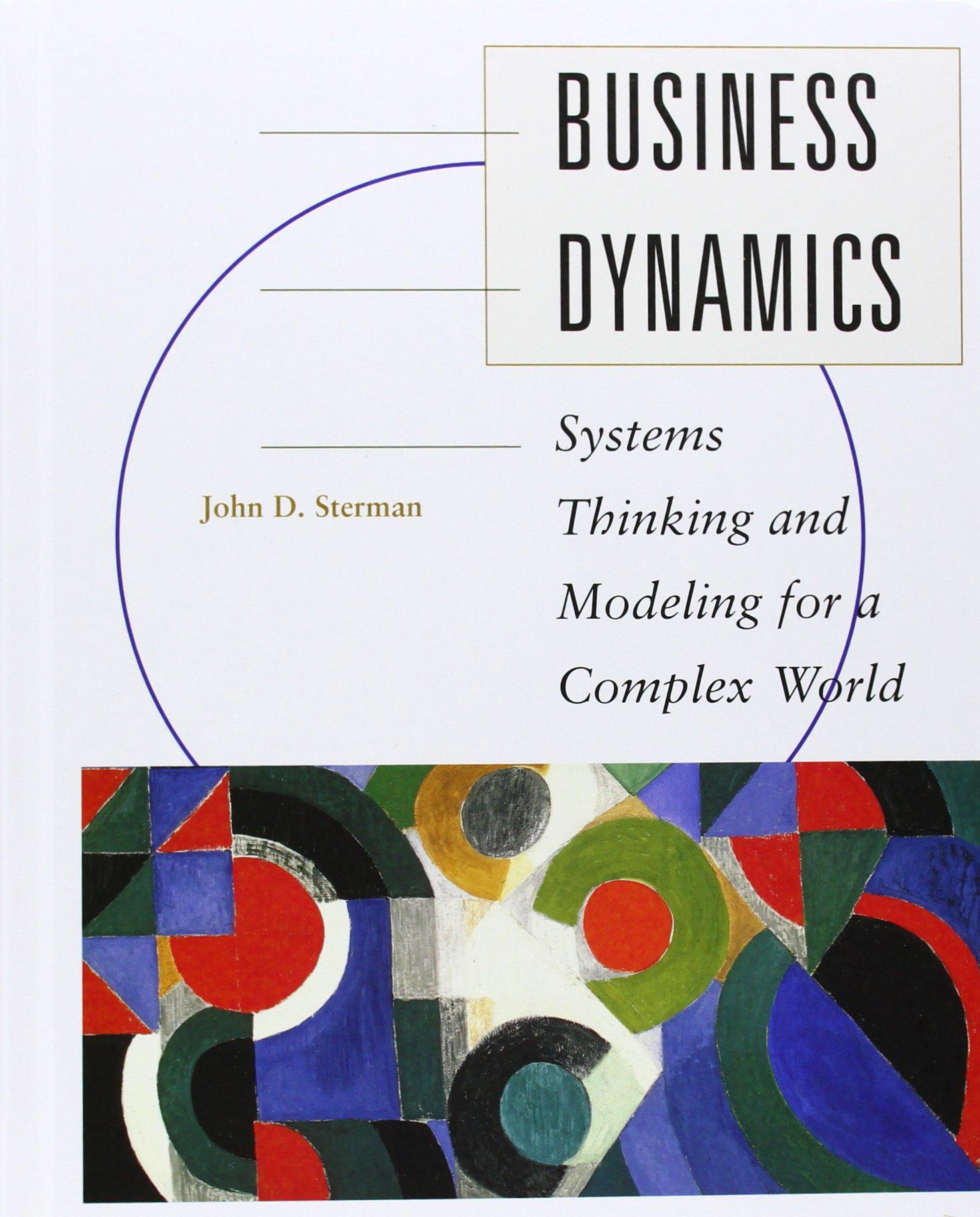Answered step by step
Verified Expert Solution
Question
1 Approved Answer
NEED HELP ANSWERING ALL OF THIS ASAP PLEASE, I'LL UPVOTE IF ALL ARE ANSWERED CORRECTLY. PLEASE ANSWER EVERYTHING AND NOT SOME IF YOU ANSWER SOME
NEED HELP ANSWERING ALL OF THIS ASAP PLEASE, I'LL UPVOTE IF ALL ARE ANSWERED CORRECTLY. PLEASE ANSWER EVERYTHING AND NOT SOME IF YOU ANSWER SOME AND NOT ALL I'LL LEAVE A BAD RATING BUT IF YOU ANSWER EVERY QUESTIONS CORRECTLY THEN I'LL LEAVE A GREAT REVIEW. THANKS! 
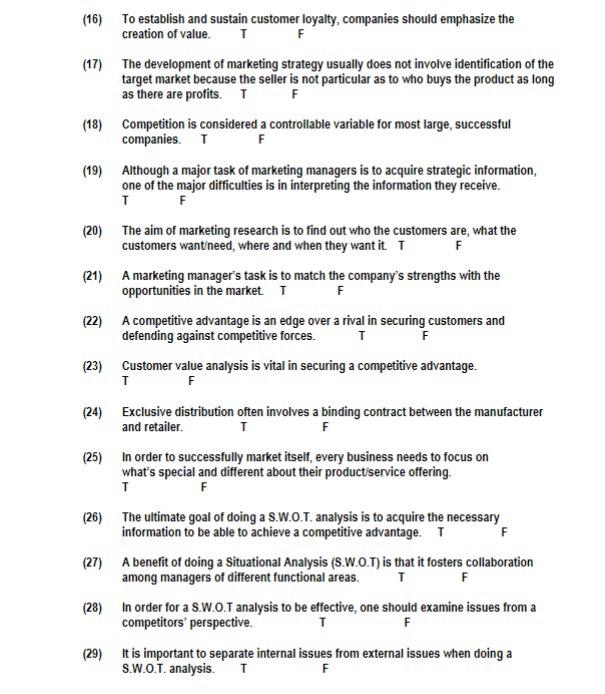
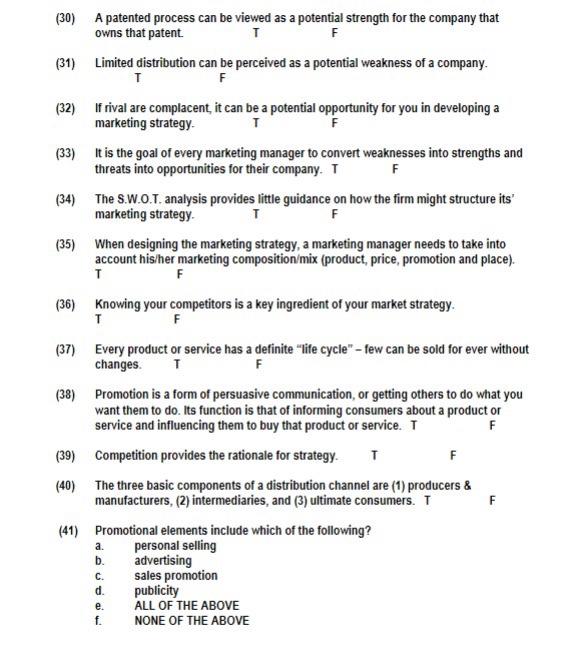
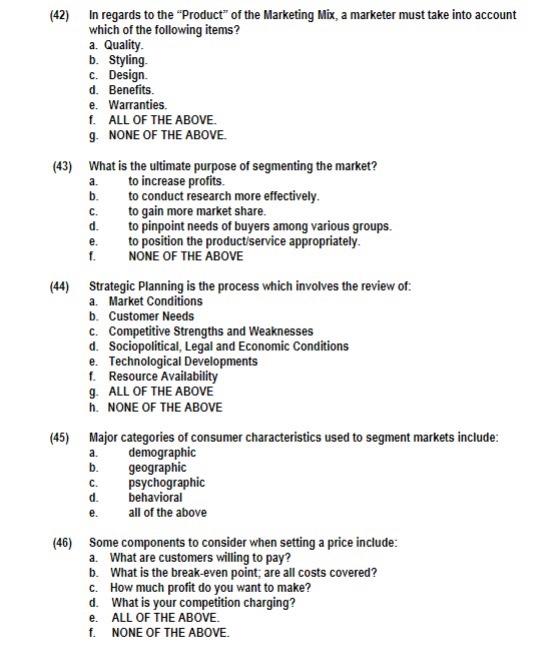
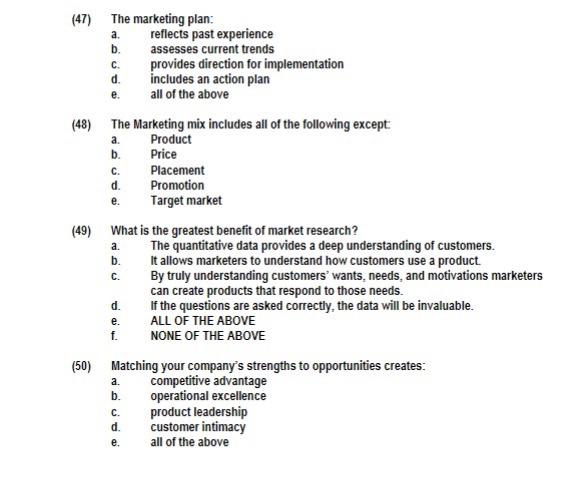

(2) No single pricing formula will work for all businesses, nor is there a formula that will assure maximum profits in all situations. T T (3) Physical distribution starts with understanding consumer needs/wants and finding low-cost solutions to getting goods to consumers. (4) The focal point of marketing decisions is the customer. F (5) With intensive distribution, manufacturers are usually very careful in their selection of responsible retailers who sell their products. TF (6) A brand helps a company differentiate its offerings from those of competitors. TF (7) Understanding the characteristics and motivations of the ultimate consumer is one of the most important responsibilities of a Marketing Manager. T F (8) The aim of market segmentation is to identify groups of buyers based on similarities and then develop a marketing strategy based on those similarities. T T (9) Many consumers use price as an indicator of quality. TF (10) Competitive analysis strives to discover a competitive advantage. TF (11) Information gleaned from an assessment of competition helps companies plan their own marketing strategies. T F (12) Firm's must consider the product's stage in the life cycle, its importance to the firm's portfolio, the competitor's intentions and resources, the product's price and quality sensitivity, when responding to a competitors price change. T F (13) The ideal price for any product or service is one that is acceptable to both the buyer and the seller (perceived value). (14) Distribution includes both physical movement of products and the establishment of intermediary relationships to guide and support the movement of products. TF (15) The role of marketing is to achieve the company's objectives by making profitable sales of products to identified markets. (16) To establish and sustain customer loyalty, companies should emphasize the creation of value. TF (17) The development of marketing strategy usually does not involve identification of the target market because the seller is not particular as to who buys the product as long as there are profits. TF (18) Competition is considered a controllable variable for most large, successful companies. TF (19) Although a major task of marketing managers is to acquire strategic information, one of the major difficulties is in interpreting the information they receive. (20) The aim of marketing research is to find out who the customers are, what the customers wantineed, where and when they want it. (21) A marketing manager's task is to match the company's strengths with the opportunities in the market. TF (22) A competitive advantage is an edge over a rival in securing customers and defending against competitive forces. (23) Customer value analysis is vital in securing a competitive advantage. (24) Exclusive distribution often involves a binding contract between the manufacturer and retailer. F (25) In order to successfully market itself, every business needs to focus on what's special and different about their product/service offering. TF (26) The ultimate goal of doing a S.W.O.T. analysis is to acquire the necessary information to be able to achieve a competitive advantage. (27) A benefit of doing a Situational Analysis (S.W.O.T) is that it fosters collaboration among managers of different functional areas. F (28) In order for a S.W.O.T analysis to be effective, one should examine issues from a competitors' perspective. (29) It is important to separate internal issues from external issues when doing a S.W.O.T. analysis. F (30) A patented process can be viewed as a potential strength for the company that owns that patent. (31) Limited distribution can be perceived as a potential weakness of a company. (32) If rival are complacent, it can be a potential opportunity for you in developing a marketing strategy. (33) It is the goal of every marketing manager to convert weaknesses into strengths and threats into opportunities for their company. T F (34) The S.W.O.T. analysis provides little guidance on how the firm might structure its' marketing strategy. (35) When designing the marketing strategy, a marketing manager needs to take into account his/her marketing composition/mix (product, price, promotion and place). TF (36) Knowing your competitors is a key ingredient of your market strategy. TF (37) Every product or service has a definite "life cycle" - few can be sold for ever without changes. T T (38) Promotion is a form of persuasive communication, or getting others to do what you want them to do. Its function is that of informing consumers about a product or service and influencing them to buy that product or service. (39) Competition provides the rationale for strategy. T F (40) The three basic components of a distribution channel are (1) producers \& manufacturers, (2) intermediaries, and (3) ultimate consumers. (41) Promotional elements include which of the following? a. personal selling b. advertising c. sales promotion d. publicity e. ALL OF THE ABOVE f. NONE OF THE ABOVE (42) In regards to the "Product" of the Marketing Mix, a marketer must take into account which of the following items? a. Quality. b. Styling. c. Design. d. Benefits. e. Warranties. f. ALL OF THE ABOVE 9. NONE OF THE ABOVE (43) What is the ultimate purpose of segmenting the market? a. to increase profits. b. to conduct research more effectively. c. to gain more market share. d. to pinpoint needs of buyers among various groups. e. to position the productiservice appropriately. f. NONE OF THE ABOVE (44) Strategic Planning is the process which involves the review of: a. Market Conditions b. Customer Needs c. Competitive Strengths and Weaknesses d. Sociopolitical, Legal and Economic Conditions e. Technological Developments f. Resource Availability 9. ALL OF THE ABOVE h. NONE OF THE ABOVE (45) Major categories of consumer characteristics used to segment markets include: a. demographic b. geographic c. psychographic d. behavioral e. all of the above (46) Some components to consider when setting a price include: a. What are customers willing to pay? b. What is the break-even point; are all costs covered? c. How much profit do you want to make? d. What is your competition charging? e. ALL OF THE ABOVE. f. NONE OF THE ABOVE. (47) The marketing plan: a. reflects past experience b. assesses current trends c. provides direction for implementation d. includes an action plan e. all of the above (48) The Marketing mix includes all of the following except: a. Product b. Price c. Placement d. Promotion e. Target market (49) What is the greatest benefit of market research? a. The quantitative data provides a deep understanding of customers. b. It allows marketers to understand how customers use a product. c. By truly understanding customers' wants, needs, and motivations marketers can create products that respond to those needs. d. If the questions are asked correctly, the data will be invaluable. e. ALL OF THE ABOVE f. NONE OF THE ABOVE (50) Matching your company's strengths to opportunities creates: a. competitive advantage b. operational excellence c. product leadership d. customer intimacy e. all of the above What is meant by Supply Chain Management and why has it become so important in our discussion of marketing today 





Step by Step Solution
There are 3 Steps involved in it
Step: 1

Get Instant Access to Expert-Tailored Solutions
See step-by-step solutions with expert insights and AI powered tools for academic success
Step: 2

Step: 3

Ace Your Homework with AI
Get the answers you need in no time with our AI-driven, step-by-step assistance
Get Started


